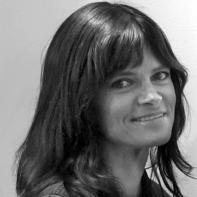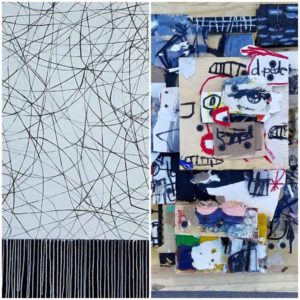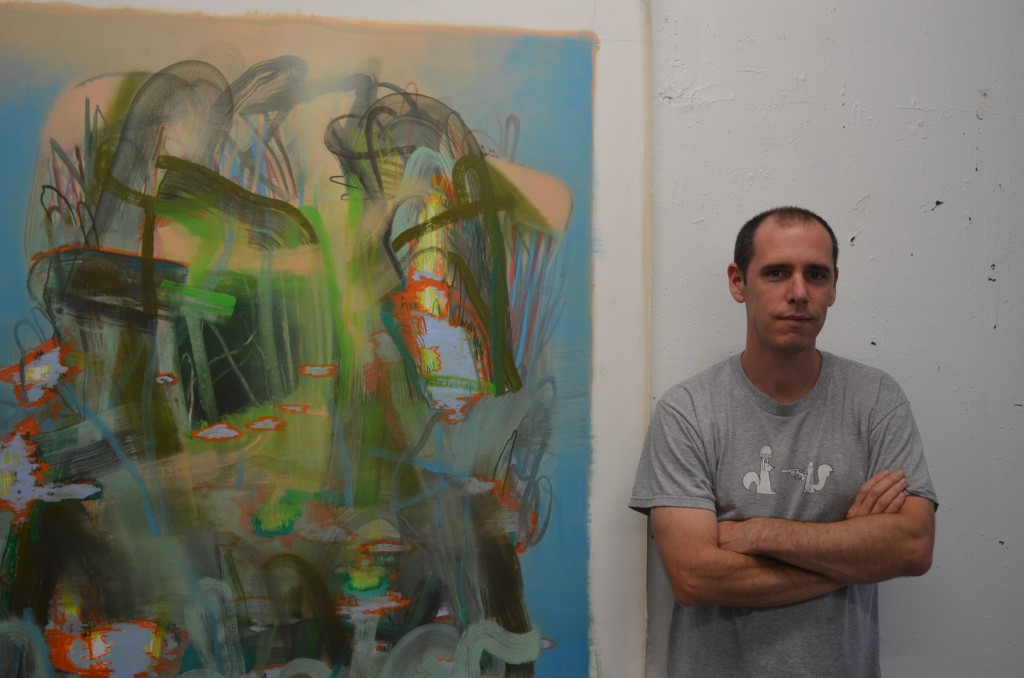Destination and destiny: same root, same idea. You have got an idea of where you’ll be, and so does the universe. If this pitch doesn’t sit quite right or has overtones of religiosity, then a disclaimer that for the purposes of this post and this prompt I access the concepts in the mostly-secular, but highly spiritual concept of E.M. Forster’s “only connect” variety.
Several destinations may inhabit any travel itinerary, and they may all have a shared destiny: the poem. A bit of structure, a road map to poetry if-you-will, can be a good way to get to both. One can become easily distracted in this world. By purple, for example. Using an easy-as-1-2-3 approach to composition can keep a writer from losing all the minutiae of the moment. It can be a comfort to have a prompt in mind when falling into experiences or off of commuter trains in strange places.
One of the best recommendations I received while trying to write during travel was at the Summer Literary Seminars in St. Petersburg, Russia. I was overwhelmed and finding it hard to wrench away from the pure experience of the place to a page. A fellow poet reminded me that we are never the first in our struggles with the art. She suggested that since haiku has been the catch-all of moment-oriented travelers for generations it might help me synthesize a portion of what the Hermitage and the Neva and the Cyrillic alphabet and the dazzling All of It had sent reeling. Haiku has helped generations in other languages, granted, but is no less available to us in the syllabic lost-in-translation-but-still-useful English-speaking world. 5.7.5. Yes? 1-2-3.
Thus, I give you a three-part travel prompt in honor of the three approachable lines of the haiku. It is not haiku. That works too. Write haiku. Do.
This is something different and is not, of course, the essence of haiku. The haiku has many constraints (season, unexpected revelation, quantity as well as quality of syllables) that this prompt completely ignores. Also, I use “approachable” advisedly: a prompt is meant to start the process, not guarantee an end product. So, this approach is only one strange articulation of a three-part way into a poem that I have used in the past to “get there” (poem) while being gone.
The set-up: Go somewhere. A well-placed park bench can work as well as another continent.
The scribble:
- The basics of the information/experience. What is the heart of the destination.
- Anything that is auxiliary, but floats to the surface. Can be in terms of image, sound, tone, concept, or just more information from the moment. What is crafty (as in craft).
- A connection with the anything that you knew before for which these two points ring a bell.
Destination: The poem or series of poems written from this vantage point. Like most good trips, once you get to your destination you can see roads to other places.
..
An example follows from which to discern, distill, and/or depart.
..
The set-up: Denver, Colorado. “Women of Abstract Expressionism” exhibit at the Denver Art Museum
The scribble:
- Heart of information/experience: Quote from Lee Krasner next to one of her stunning paintings on the exhibit wall: “I’m always going to be Mrs. Jackson Pollock—that’s a matter of fact—[but] I painted before Pollock, during Pollock, after Pollock.”
- Auxiliary: Krasner went through a period where she was working in a studio denied daylight and suffering from severe insomnia. She chose to abandon chromatics and thus some of Krasner’s most famous pieces are simply umber and white paint. // In order to take a picture of Krasner’s work, I had to enter my passcode to get away from my phone’s lock screen. My phone’s lock screen is of a Jackson Pollock painting. I took that picture on the same phone at the MOCA in Los Angeles this past spring. I do not know what my lock screen was before it was Pollock.
 Connective tissue: The 2016 Olympic Games in Rio, Brazil were just beginning at the same time I found myself at this exhibition. They are just ending as this post finds its way into the world, so there will be a new set of issues for commentators and those who comment on the commentators. At this moment, however—when I was standing in front of a Krasner painting titled “What Beast Must I Adore?” (from a Rimbaud poem)—backlash against newscasters’ handling of the gender politics connected to reportage of women athletes was what was getting headlines. The Chicago Tribune had just reported the accomplishment of Corey Cogdell-Unrein (trap shooting) with the tag “Wife of Bears’ Lineman Wins a Bronze Medal Today in Rio Olympics.” They didn’t bother with her name. Elsewhere, NBC’s Dan Hicks expounded for quite a while after a world-record swim by Katinka Hosszu on her husband who, apparently, was “responsible” for the feat.
Connective tissue: The 2016 Olympic Games in Rio, Brazil were just beginning at the same time I found myself at this exhibition. They are just ending as this post finds its way into the world, so there will be a new set of issues for commentators and those who comment on the commentators. At this moment, however—when I was standing in front of a Krasner painting titled “What Beast Must I Adore?” (from a Rimbaud poem)—backlash against newscasters’ handling of the gender politics connected to reportage of women athletes was what was getting headlines. The Chicago Tribune had just reported the accomplishment of Corey Cogdell-Unrein (trap shooting) with the tag “Wife of Bears’ Lineman Wins a Bronze Medal Today in Rio Olympics.” They didn’t bother with her name. Elsewhere, NBC’s Dan Hicks expounded for quite a while after a world-record swim by Katinka Hosszu on her husband who, apparently, was “responsible” for the feat.
Destination: In 2016, The Guardian has an opinion piece called “How to Talk About Female Olympians Without Being a Regressive Creep—A Handy Guide.” Lee Krasner’s monochromatic masterpiece, “What Beast…” is from 1961. All the color drained from the dreams Lee Krasner could have had in those years is in brightly colored interlocking rings that serve to delight, but still deny female accomplishment at the cutting edge. One can discern chaotic unconnected rings in the painting if one is inclined. All the color drains.
So, there is the ringing bell. One connection. One coherence of thought that might make its way into the poem or poems that arise from this day. But, more direction of synapses than would have been available otherwise. 1 then 2 then 3. After all, Joan Mitchell’s paintings were in the next gallery and her purple, well, it can distract…
And, then you may be noticing all the other poems lurking. Where’s the epigraph from Rimbaud? What about the culpability of the speaker/author with the iPhone set to husband-of-Krasner? What about all the implicit possibilities in the jargon of trap shooting?
And, you are right to wonder. Usually my three-step plan (heart/craft/connection) actually has sub points that I flesh out for a while on the return home.
And, you may be writing a different poem with any material on offer. I hope you are. Because Krasner said later of the infamous title that she realized as she finished the painting that “[t]he beast [was] peering at me.” As creators, the next stare-down is always within. As we move through the world our travels are often routes to our own terrain. 3-2-1.
 We listed the wrong URL for Sunny Nestler in our newsletter. Please view her author’s talk here.
We listed the wrong URL for Sunny Nestler in our newsletter. Please view her author’s talk here. Royse Contemporary is so excited to present “Expression & Dialogue,”
Royse Contemporary is so excited to present “Expression & Dialogue,” 
